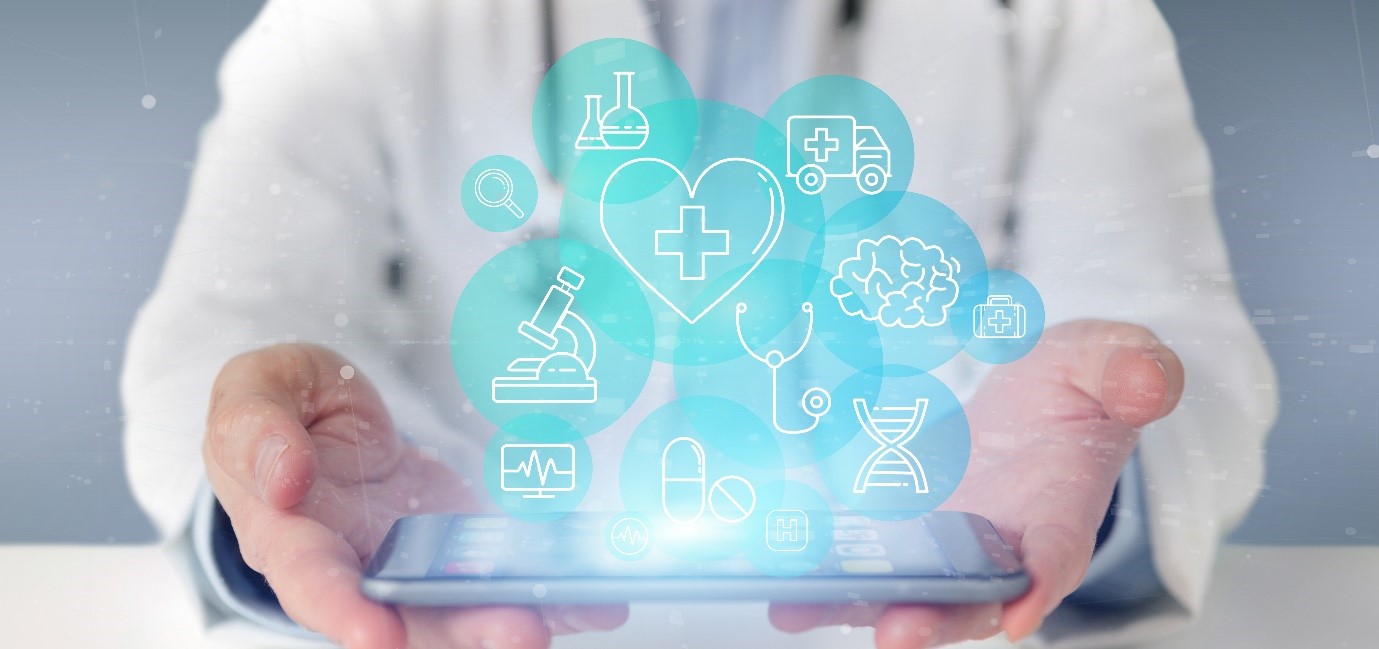

Introduction
The impact of technology on the development of health education cannot be denied. From the proliferation of smartphones and laptops in classrooms to the use of online learning platforms, technology has profoundly impacted how students and health practitioners learn and education outcomes.
One of the most significant benefits of integrating technology into health education is its ability to improve trainee engagement. By enabling them to access materials from anywhere and at any time, they learn more effectively through e-learning platforms. In addition, a better understanding can be achieved as trainees can build on the concepts they have learned in previous courses. In addition, by providing feedback and classifying tasks automatically, speakers can focus on other aspects of their training sessions, such as engaging trainees in discussion and providing feedback on their work.
Technology also plays a role in helping coaches track student progress. By using tools to track attendance or test scores, coaches can provide timely and accurate student feedback. This feedback allows trainees to quickly improve their skills and understanding, ensuring that they can achieve their learning goals and improve healthcare.
In general, technology has revolutionized the way we learn and has profoundly impacted the development of education as a whole. Its ability to facilitate interactive learning, track student progress, and provide timely feedback makes it an essential tool in the educational process.
Expanding access to education
The impact of technology on the development of education cannot be denied. In recent years, technology has revolutionized the field of education by making it easier for students to access a lot of information. In addition, it has allowed trainers to teach and teach in new ways. For example, students can access materials from anywhere in the world, which makes learning more inclusive. However, some challenges need to be taken into consideration. For example, students with traditional skills may need help adjusting to online learning. In addition, some students may be distracted by screens all the time and miss out on essential learning opportunities. In general, technology's impact on education development is both positive and negative. However, it is crucial to understand and manage these challenges to maximize this innovative technology's benefits.
Increase collaboration and communication
Technology has significantly impacted education development as health education providers can now communicate with trainees during lessons, and students can engage in collaborative problem-solving activities. Digital technologies can help increase collaboration and communication in the classroom.
Collaborative learning and sharing
In recent years, there has been a trend toward using new technologies to support collaborative learning. Cooperative learning is a process that allows trainees to work together to solve problems or learn further information. It is a great way for health practitioners to get to know each other and share their ideas.
One example of this is blogging. Blogging is a form of communication where health practitioners, doctors, and technicians write about their experiences and ideas and share them with others. In addition, it is an ideal way for them to interact with their peers and learn from the experiences of others.
Classes are allowed to collaborate and share ideas. This makes it easier for students to learn and share their ideas with others. In general, technology's impact on education development is positive.
A lifeline during COVID-19
Technology has always been a part of our lives, and it has had a significant impact on the development of education. During COVID-19, technology has become a major 'lifeline' for education, and we must never forget that the opportunities offered by digital technologies go beyond just communication.
The COVID-19 pandemic has changed our lives significantly. For example, doctors' inability to see patients face-to-face greatly impacted their examinations. However, despite the challenges presented by COVID-19, technology has also helped us survive the pandemic. Telemedicine has become an important way to connect doctors and patients. In addition, the growth in social media platforms such as Facebook and Twitter have helped keep people informed of the developments of COVID-19.
Benefits of technology in early education
Thanks to technology, the benefits of education are now more significant than ever. From being able to record, save and share what is learned to engaging trainees more effectively and motivating them to learn more, technology has significantly impacted education development. It is now common for continuous health education organizations to focus on embracing digital competence rather than focusing solely on computer science. As a result, students not only learn how to use technology but also how to use it productively.
Technology is used at all levels of education
Today, education is increasingly done through the use of technology. Technology is used to enhance the learning process at all levels of education, from early childhood to post-secondary institutions.
For example, digital learning tools such as blogs help teachers improve their lesson plans and engage students more effectively. In addition, interactive whiteboards and video conferencing can help teachers interact with students worldwide.
However, while technology has positively impacted education development, it has also had a limited impact because technology is being used to replace other tools. For example, students no longer have to write papers and essays; They can simply upload their work to online wallets. While this has some benefits, it also has some drawbacks. E-wallets can be challenging to manage and update and can be stolen or copied without permission.
In general, technology's impact on education development is both positive and negative. While it has helped teachers teach their students more effectively, it has also led to higher online plagiarism and fraud rates. However, as technology continues to be integrated into education, the benefits will continue to outweigh the disadvantages.